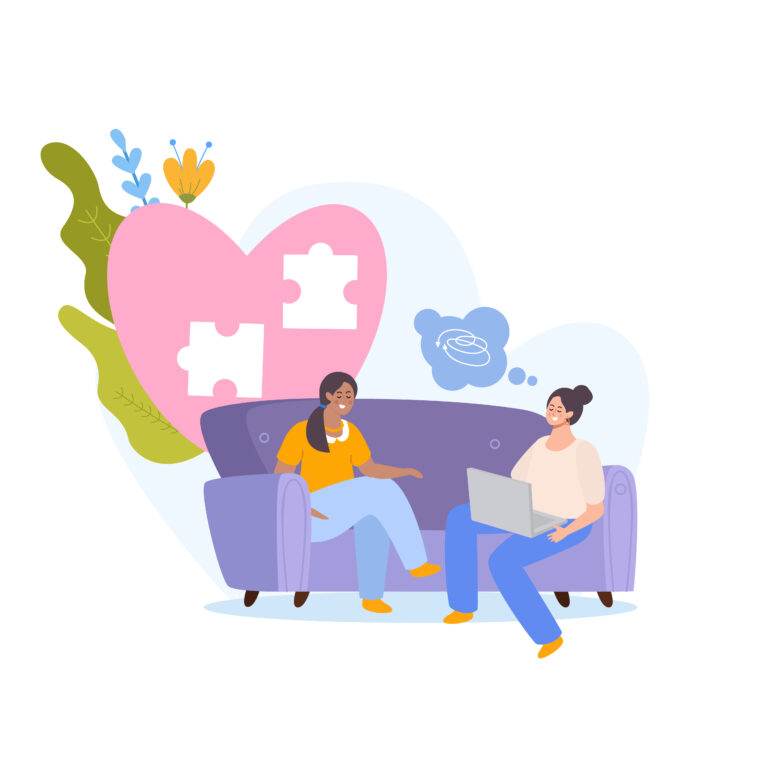Article
What Is Anxiety Really?
In ISTDP, anxiety isn’t “just stress.” It’s the signal of buried emotion trying to break through, often when that emotion feels dangerous, forbidden, or overwhelming. It's the body’s alarm system—but it’s often misfiring, confused, or overactive.
As Davanloo saw it, anxiety is not a problem in itself—it’s a byproduct of internal emotional conflict. The true question isn’t “How do I calm down?” but:
“What feeling is trying to emerge that I’m not letting myself feel?”
How Anxiety Works in ISTDP
In the language of ISTDP, emotional experience activates the Triangle of Conflict:
- Impulse (what we feel—e.g., anger or love)
- Anxiety (our body’s alarm system in response to that feeling)
- Defense (what we do to block or manage that anxiety)
The therapist tracks:
- What’s being avoided?
- How is anxiety discharged?
- What defenses are used to suppress it?
Where Does Anxiety Show Up?
ISTDP distinguishes three primary pathways of anxiety discharge. This is key for both assessment and intervention:
| Pathway | Symptoms | Indication |
|---|---|---|
| Striated Muscle | Tension, sighing, restlessness, jaw clenching | Healthy anxiety regulation |
| Smooth Muscle | Nausea, stomach pain, IBS, bladder issues | Anxiety above threshold |
| Cognitive-Perceptual | Foggy thinking, confusion, blanking out, visual distortions | Fragile character structure |
As Allan Abbass says, once anxiety rises too far above threshold, it disrupts cognition or the body—it no longer helps us regulate; it disables us.
Therapist's Role: Regulate, Don’t Rescue
In ISTDP, therapists are trained to:
- Notice where anxiety is discharged (e.g., “I see your hands are tightening—what’s happening inside?”)
- Modulate pressure to keep anxiety in the optimal zone
- Teach the patient to notice and tolerate their anxiety, rather than fear or escape it
If the patient blanks out, becomes dizzy, or floods with somatic complaints, we know: the unconscious is online, but anxiety is too high.
The goal?
Keep anxiety in the window of tolerance where emotional work is possible.
Common Misconceptions About Anxiety
| Myth | ISTDP View |
|---|---|
| “Anxiety means I’m weak” | Anxiety means there’s a feeling trying to break through |
| “I need to get rid of anxiety” | We need to listen to it, not erase it |
| “I’m anxious for no reason” | There's always a reason, even if it’s unconscious |
| “I need to calm the body before doing therapy” | In ISTDP, regulating the anxiety is therapy |
Real-Life Vignette
Therapist: “When you talk about your brother, you suddenly look away and laugh. But your hands are shaking. Are you noticing that?”
Patient: “I didn’t even realize. Yeah… they’re shaking.”
Therapist: “That shaking might be anxiety in your body. Let’s stay with it and see what feeling it’s protecting you from.”
Here, the therapist tracks both the symptom (tremor) and defense (deflective laughter), using moment-to-moment focus to bring the patient closer to the avoided feeling.
Summary: Working With Anxiety in ISTDP
| What to DO | What to AVOID |
|---|---|
| Track anxiety physiologically | Assuming it’s “just stress” |
| Regulate, not soothe | Rushing past it or reassuring |
| Link anxiety to underlying emotion | Treating anxiety as the main problem |
| Educate the patient | Pathologizing normal anxiety |
Why This Matters
By helping patients recognize and regulate their anxiety, ISTDP offers something precious: a path back to emotional freedom. Anxiety isn’t the enemy. It’s a signpost that something deeper is trying to be known, felt, and integrated.
As ISTDP Authors say, the therapist must learn to read anxiety like a compass—because it always points toward the unconscious truths we’re ready to face.
So, next time you or your patient feels anxious, ask:
“What feeling is trying to come up beneath this tension?”





